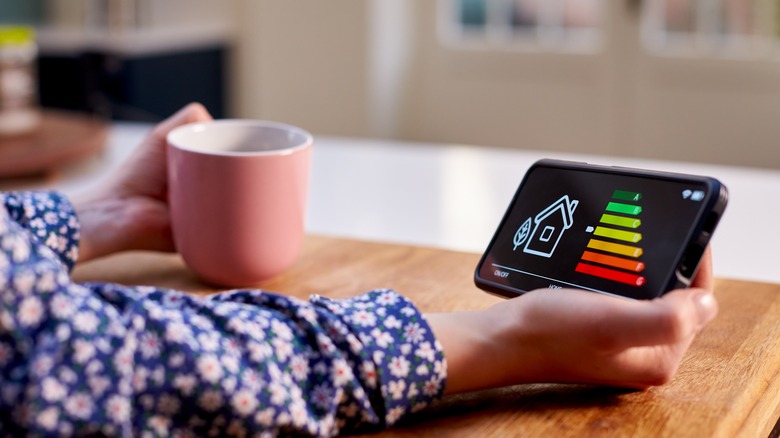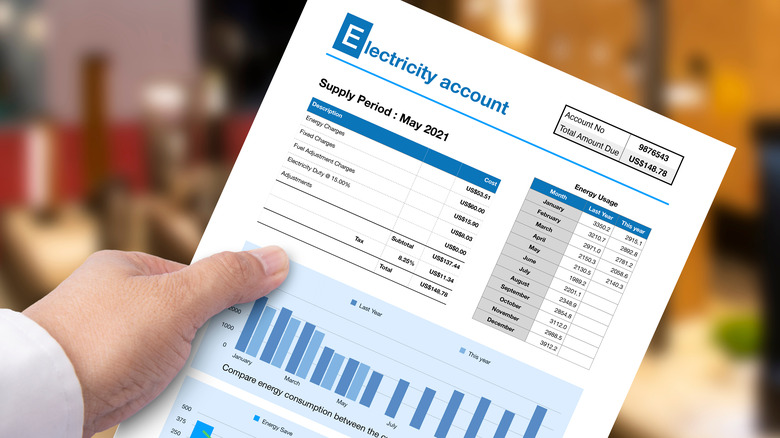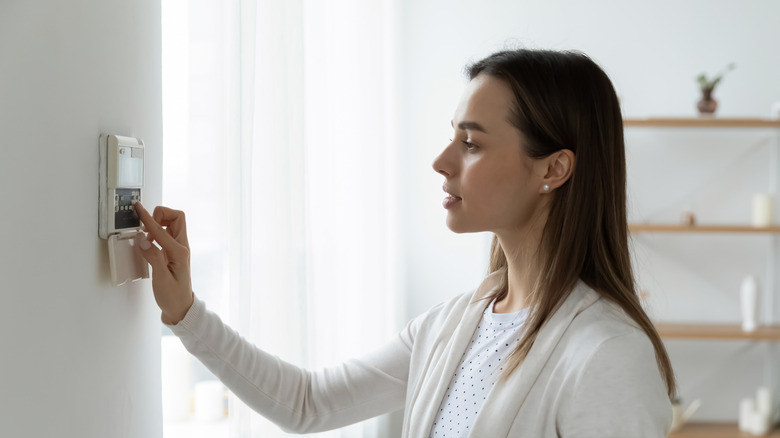The Ups And Downs Of Whole Home Energy Monitoring Systems
Impending risks from continued climate change could mean now is the ideal time to make some changes around your home. Energy-efficient upgrades help to support green efforts, and they can often lower the overall cost of heating and cooling your home, too. The first approach to this solution is to work out how much energy you're using and then find ways to lower those costs.
A whole-home energy monitoring system could provide an opportunity to do just that. These devices work by monitoring how much electricity flows through the individual circuits in your home. They can even be designed to target just one area, such as your home's entertainment center. These devices, which may even integrate into your current smart home features, like Amazon Alexa or Google Home, could help you to make adjustments if you notice costly increases in usage. Would a whole-home energy monitoring system benefit you? More so, is it worth spending the money on one?
The potential benefits
The system relies on Wi-Fi-enabled devices and energy monitoring systems that link to your electric panel. Their goal is simply to provide you with information about how much energy is being used on the linked circuits. They offer a few key benefits, including helping homeowners to better understand their electricity consumption. Always-on systems, like your modem or the coffee pot that's plugged in all day and night, consume a significant amount of power even if you're not actively using them. One study, reported on by NRDC, found these can account for as much as 23% of your home's consumption of power.
With this knowledge of high energy consumption, you'll be more able to take steps to conserve it, like turning off lights and keeping the furnace set a degree or two lower. Since these devices can send real-time data, it enables you to take action right away, particularly when connected to your home's smart devices.
There are downsides
Although these devices could help you save money, the key limitation is that they only provide information. They don't do anything to automatically adjust your heating and cooling systems or turn off the lights left on when you leave the home. As a result, you can get many of the same benefits by taking a more proactive approach to reducing electricity use without having to invest in such a system.
Some home energy monitoring systems promise to reduce costs from 10 to 20% within your home, but that depends on how much extra electricity you are using. For example, if you already keep your thermostat low and don't use a lot of power, you may not see a significant reduction in your costs. By making small changes like unplugging appliances that don't require ongoing use, turning off the lights and heating in rooms that you are not using, and investing in LED lightbulbs, you can reduce your energy costs and help support the environment at the same time.


